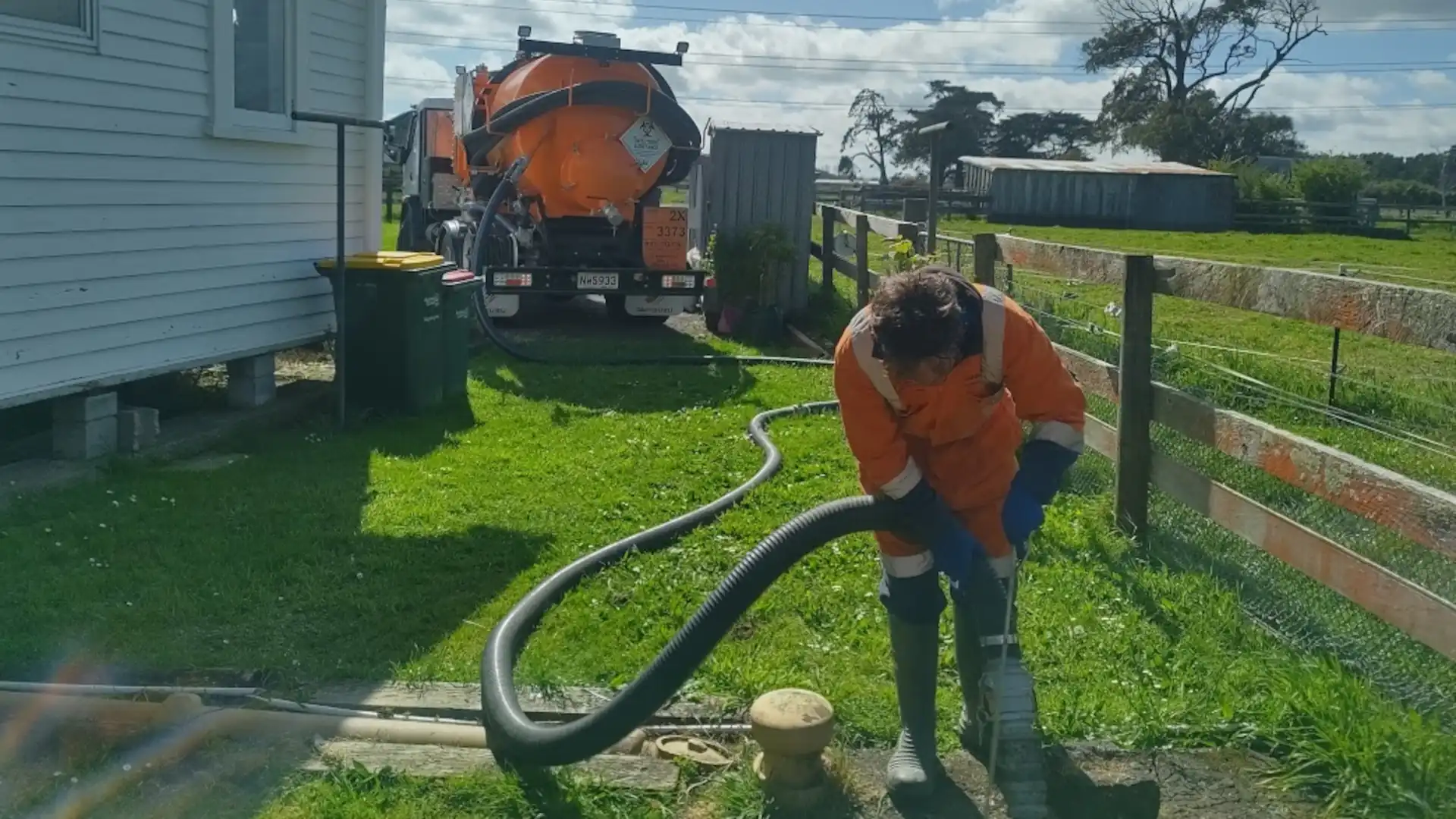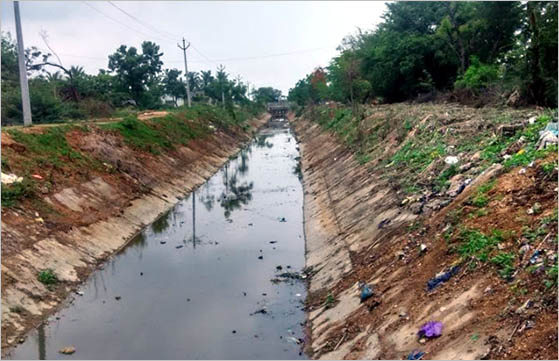Just How Liquid Waste Disposal Works: A Comprehensive Overview of Techniques and Technologies Used

Review of Fluid Waste Kind
The complexity of liquid waste types demands a complete understanding of their attributes and effects for disposal. Liquid waste can broadly be classified right into a number of kinds, including commercial, metropolitan, farming, and dangerous waste. Each group displays unique residential or commercial properties, calling for details administration strategies to mitigate environmental and health threats.
Industrial liquid waste stems from making procedures and often has a variety of contaminants, such as hefty steels, solvents, and natural substances. Community liquid waste, mostly comprising wastewater from households and commercial establishments, includes natural issue, nutrients, and microorganisms (industrial wastewater treatment). Agricultural fluid waste, including runoff from farms, might contain plant foods, pesticides, and pet waste, posturing dangers to water quality and ecological communities
Unsafe liquid waste is identified by its toxicity, sensitivity, or possible to trigger injury. Comprehending these diverse fluid waste types is essential for establishing reliable disposal approaches and ensuring compliance with environmental guidelines.
Physical Therapy Approaches

Testing is the initial action, where larger fragments and particles are removed from the liquid waste utilizing screens or grates. In sedimentation containers, much heavier particles resolve at the base, forming a sludge layer, while the made clear fluid can be further dealt with.
Filtering is an additional vital approach that includes passing the fluid via porous materials, such as sand or membrane layers, to capture smaller fragments. This action enhances the high quality of the liquid, making it suitable for succeeding treatment processes.

Chemical Therapy Methods
Chemical therapy techniques are necessary for successfully managing fluid waste, particularly in resolving liquified and colloidal contaminants that physical techniques may not effectively remove. These methods make use of various chemical representatives to counteract, speed up, or transform unsafe substances right into much less hazardous kinds.
One common technique is coagulation and flocculation, where chemicals such as alum or ferric chloride are contributed to promote the gathering of suspended bits. This process improves sedimentation, permitting much easier elimination of the resulting sludge. In addition, oxidation processes, employing agents like chlorine or ozone, are utilized to damage down intricate organic compounds and virus, rendering the waste safer for discharge or additional therapy.
Neutralization is one more crucial technique, which readjusts the pH of acidic or alkaline waste streams to neutral levels, avoiding prospective injury to downstream systems and the atmosphere. Furthermore, advanced oxidation procedures (AOPs) use combinations of oxidants and ultraviolet light to degrade persistent pollutants, accomplishing a greater level of treatment performance.
Organic Treatment Procedures
Organic therapy procedures play a critical role in the administration of fluid waste by making use of microbes to disintegrate raw material and reduce pollutant degrees. These processes Get More Information can be generally categorized right into aerobic and anaerobic therapies, each employing details microbial communities to accomplish efficient waste degradation.
Aerobic treatment includes the use of oxygen to facilitate the break down of natural products by germs. This process is frequently executed in activated sludge systems, where oygenation tanks give a favorable atmosphere for microbial growth, bring about the oxidation of organic contaminants. The resultant biomass can be divided from dealt with effluent with sedimentation.
In contrast, anaerobic treatment takes place in the lack of oxygen, depending on different bacteria to damage down natural issue. This approach is why not try these out specifically advantageous for high-strength waste, as it creates biogas, a renewable resource source, while reducing sludge production. Technologies such as anaerobic digesters are often employed in commercial and community applications.
Both cardiovascular and anaerobic organic therapies not only reduce the ecological influence of liquid waste but additionally promote resource healing, making them necessary components of lasting waste administration methods. Their versatility, effectiveness, and try this site performance sustain their prevalent execution throughout different industries.
Emerging Technologies in Disposal
Cutting-edge methods to fluid garbage disposal are swiftly developing, driven by innovations in modern technology and an enhancing focus on sustainability. Amongst these emerging technologies, membrane bioreactors (MBRs) have actually acquired grip for their ability to combine organic therapy with membrane filtering, resulting in top notch effluent that can be recycled in various applications. MBRs allow smaller impacts and extra reliable procedures contrasted to standard systems.
One more promising advancement is the usage of anaerobic digestion incorporated with nutrient healing technologies, which not just deals with fluid waste yet likewise produces biogas and recuperates useful nutrients like nitrogen and phosphorus. This dual advantage enhances source efficiency and decreases ecological impact.
Additionally, advanced oxidation procedures (AOPs) are being embraced for the degradation of intricate organic pollutants. These methods use powerful oxidants and stimulants to damage down impurities at the molecular degree, offering an extremely efficient service for challenging waste streams.
Moreover, the assimilation of fabricated knowledge and artificial intelligence in waste monitoring systems is maximizing operational performance and anticipating upkeep, resulting in decreased expenses and enhanced environmental conformity. These innovations show a substantial shift towards even more reliable and lasting liquid waste disposal techniques.
Conclusion
In conclusion, effective liquid waste disposal necessitates a thorough understanding of numerous techniques and innovations. By continuously advancing these methods, it comes to be possible to attend to the growing obstacles connected with liquid waste, ultimately contributing to environmental security and source healing.
Fluid waste disposal is a crucial element of environmental administration, needing a detailed understanding of numerous strategies and innovations tailored to various waste types. Fluid waste can generally be classified into numerous kinds, including industrial, local, agricultural, and hazardous waste. Agricultural fluid waste, including overflow from ranches, might have fertilizers, pesticides, and animal waste, posing threats to water quality and environments.
Various physical therapy methods play a crucial role in handling fluid waste properly - industrial wastewater treatment.In final thought, efficient liquid waste disposal requires a detailed understanding of numerous methods and innovations
Comments on “Industrial Wastewater Treatment: Custom Solutions for Complicated Wastewater Challenges”